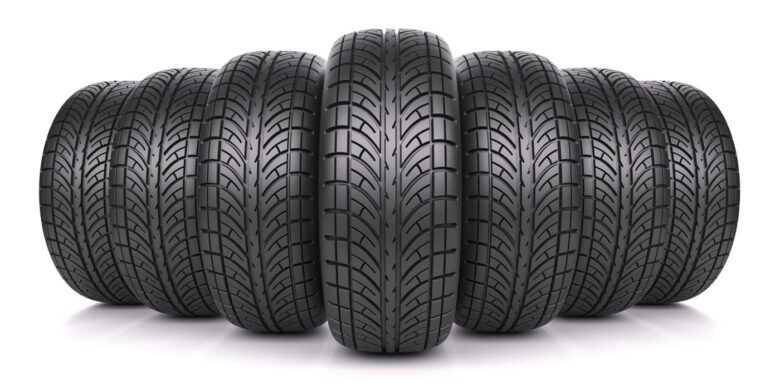Buying used tires is a common practice for many vehicle owners looking to save money without compromising safety. However, several misconceptions surround the purchase of used tires, often leading to confusion and poor decision-making.
Also, if you are not sure where to buy them, just look for places in your area. For example, tire shop st. Catharines.
In this article, we’ll debunk the top misconceptions about buying used tires and provide expert tips to help you make an informed choice.
1. Misconception: They Are Always Unsafe
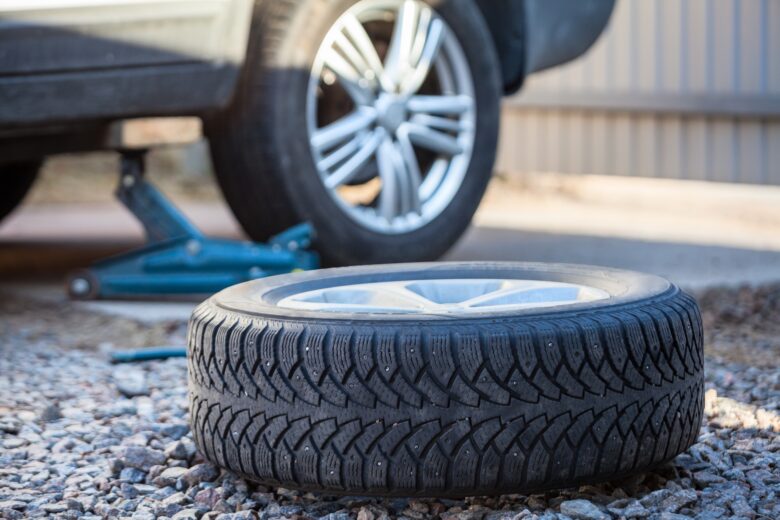
Reality: One of the most prevalent myths is that used are inherently unsafe. While it’s true that some used may have safety issues, many used ones are perfectly safe and reliable. Reputable sellers inspect and test their used tires to ensure they meet safety standards. When buying used ones, always check for tread depth, signs of damage, and overall condition. Trusted dealers provide used tires that have been thoroughly inspected and deemed safe for use.
Expert Tip: Purchase from Reputable Sellers
Always buy from reputable sellers who offer guarantees or warranties. These sellers are more likely to conduct thorough inspections and ensure the tires meet safety standards.
2. Misconception: They Have Short Lifespans
Reality: Another common misconception is that they have significantly shorter lifespans than new ones. While it’s true that such tires have already experienced some wear, many still have plenty of tread life left. The lifespan depends on factors such as the amount of tread remaining, how the previous owner maintained the tires, and the driving conditions they were subjected to.
Expert Tip: Check Tread Depth
Before purchasing, measure the tread depth. Tires with a tread depth of 4/32″ or more are generally considered safe and have a reasonable lifespan remaining.
3. Misconception: They Are Not Suitable for High-Performance Vehicles
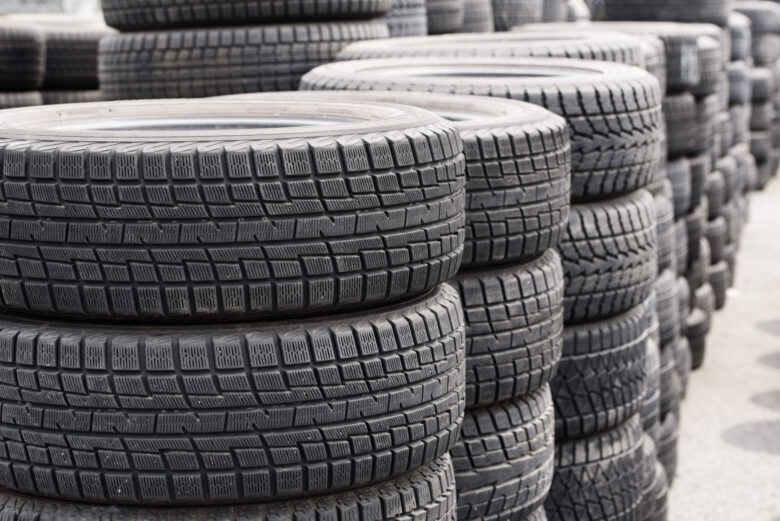
Reality: Many people believe that used are not suitable for high-performance vehicles. However, many high-performance tires are available in the used tire market. As long as the tires are in good condition and meet the specifications of your vehicle, they can perform just as well as new.
Expert Tip: Match Specifications
Ensure the used units match the specifications required for your vehicle, including size, speed rating, and load capacity. Consult your vehicle’s manual or a tire expert if unsure.
4. Misconception: They Are Not Environmentally Friendly
Reality: Some people think that buying used tires is not environmentally friendly. In reality, purchasing used tires can be more eco-friendly than buying new ones. It reduces the demand for new tire production, which in turn lowers the carbon footprint associated with manufacturing. Additionally, it helps reduce the number of tires that end up in landfills.
Expert Tip: Consider the Environmental Impact
Buying used can be a part of your eco-friendly practices. It extends the life of existing products and reduces waste.
5. Misconception: All Are Same

Reality: Not all used are created equal. The condition can vary significantly based on their age, previous usage, and storage conditions. It’s essential to inspect each tire individually rather than assuming all used tires are of similar quality.
Expert Tip: Inspect Each Tire Thoroughly
Inspect each tire for signs of wear, damage, or aging. Look for uneven tread wear, cracks, or bulges, which can indicate potential problems.
6. Misconception: Difficult to Find
Reality: Some believe that finding the right used models is a hassle. However, many tire shops and online retailers specialize in used tires, making it easier than ever to find what you need. With the rise of e-commerce, you can now browse and purchase used tires from the comfort of your home.
Expert Tip: Utilize Online Resources
Use online marketplaces and retailer websites to search for used tires. These platforms often have a wide selection and allow you to filter by size, brand, and condition.
7. Misconception: Not Worth the Savings
Reality: Some people think the savings from buying tires aren’t worth the potential risks. However, when purchased from reputable sellers and properly inspected, used tires can offer significant savings without compromising safety.
Expert Tip: Compare Costs and Benefits
Weigh the cost savings against the potential risks. Consider the price of new tires versus the cost of high-quality tires that meet safety standards.
8. Misconception: Only for Budget-Conscious Buyers
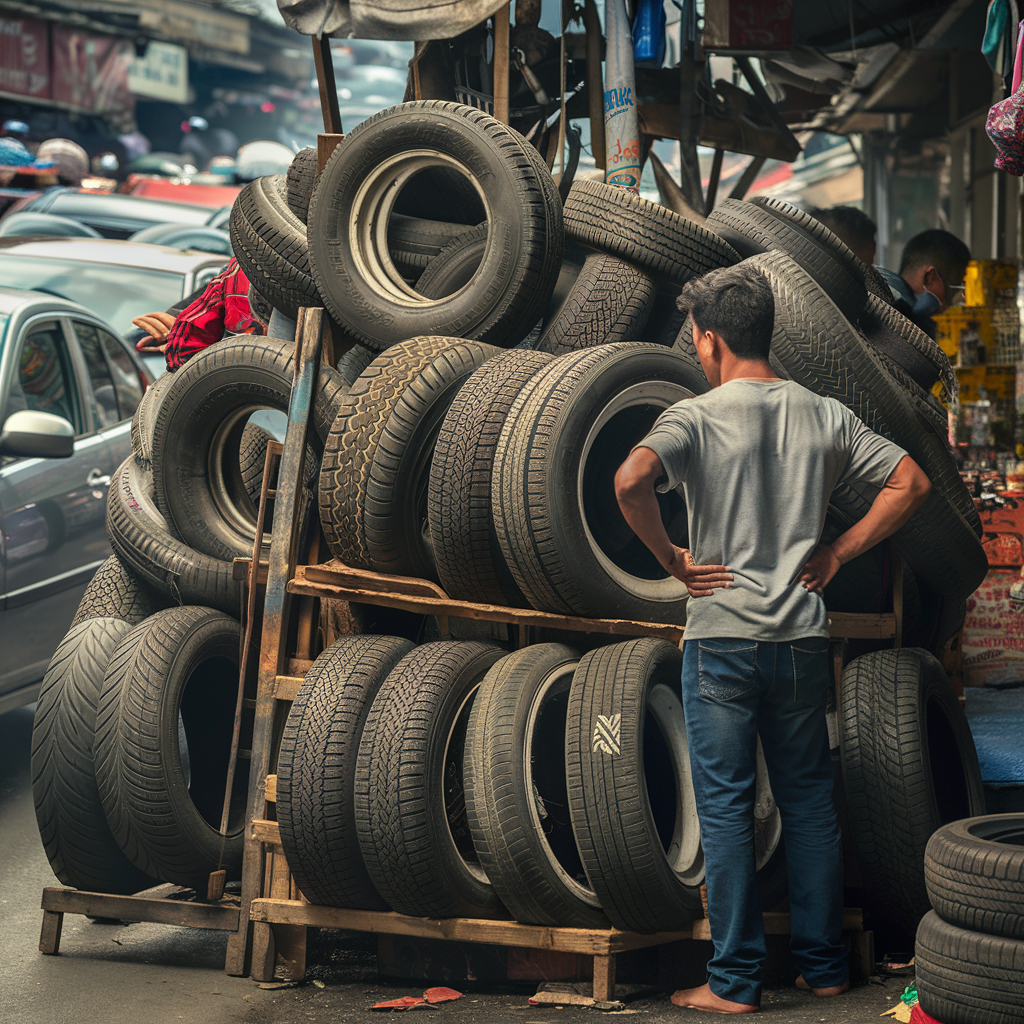
Reality: While it can save money, it’s not just budget-conscious buyers who opt for them. Many people choose these tires for various reasons, including finding rare or discontinued tire models that are no longer available new.
Expert Tip: Look for Rare Finds
They can be a great option if you’re looking for a specific model or brand that is no longer in production.
9. Misconception: Cannot Be Returned or Exchanged
Reality: Some people believe that used ones cannot be returned or exchanged if they are not satisfactory. However, many reputable sellers offer return or exchange policies for used tires, similar to new tire purchases.
Expert Tip: Understand Return Policies
Before buying, check the return or exchange policy of the seller. This ensures that you have options if the tires do not meet your expectations.
10. Misconception: Harder to Maintain
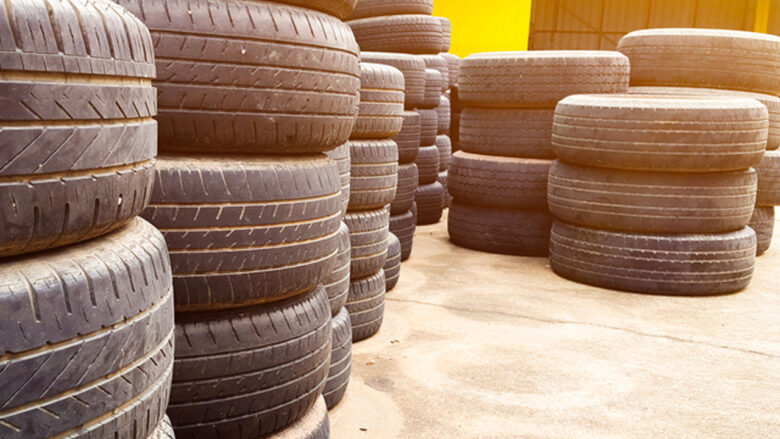
Reality: The maintenance of used tires is no different from that of new tires. Regularly check tire pressure, rotate them as needed, and inspect for any signs of wear or damage to extend their lifespan.
Expert Tip: Follow Regular Maintenance
Adopt regular tire maintenance practices to ensure good condition and to perform well over time.
Conclusion
Buying it can be a practical and cost-effective choice when done correctly. By understanding and debunking common misconceptions, you can make informed decisions that ensure safety, performance, and savings. Always purchase from reputable sellers, thoroughly inspect the tires, and follow expert tips to maximize the benefits of used tires.

